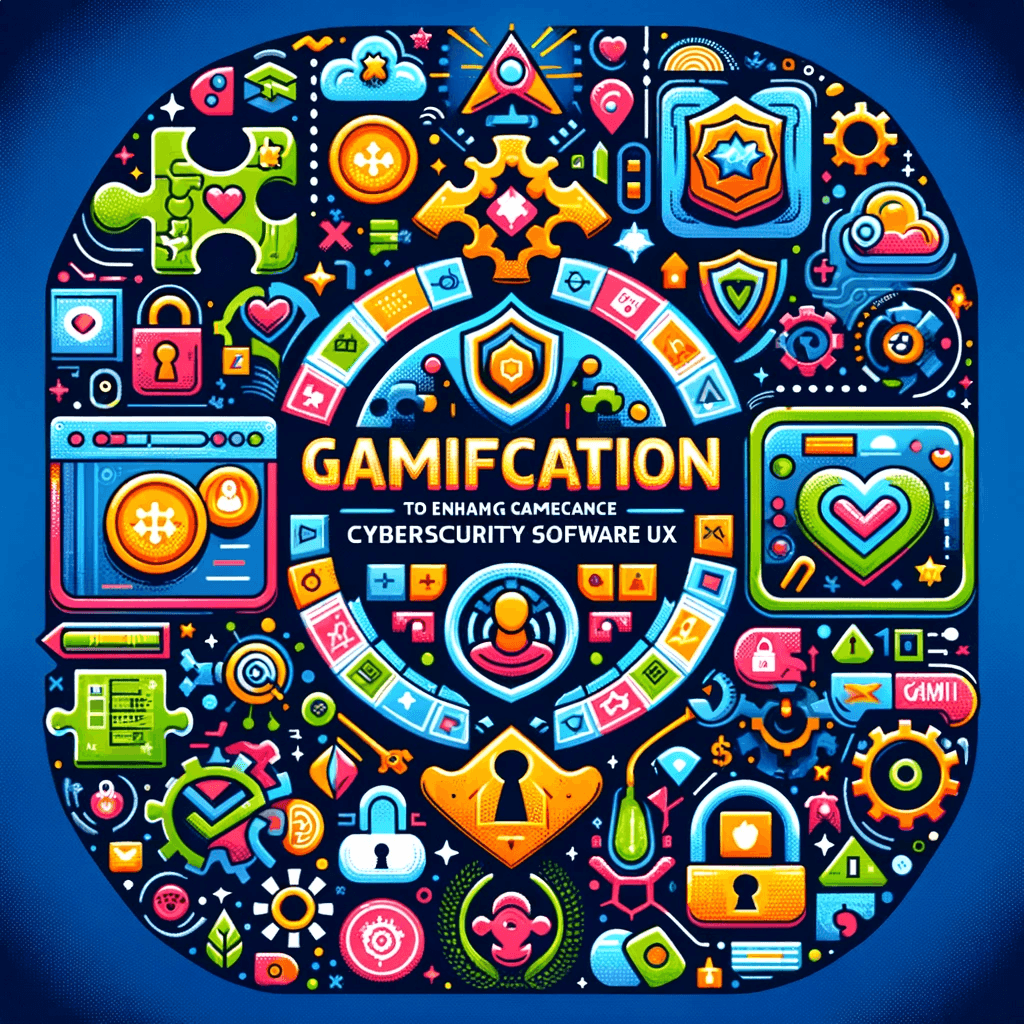
Applying Gamification to Enhance Cybersecurity Software UX
Key Takeaways
| Gamification Element | Application in Cybersecurity UX | Impact on User Engagement |
|---|---|---|
| Challenges | Encouraging user participation in security tasks and scenarios | Increases motivation and participation |
| Points Systems | Rewarding users for security-conscious actions | Enhances long-term user involvement |
| Badges and Stickers | Acknowledging achievements in cybersecurity tasks | Boosts morale and acknowledges expertise |
| Leaderboards | Comparing performance in security-related activities | Fosters healthy competition and collaboration |
| User Journeys | Guiding users through cybersecurity learning paths | Facilitates comprehensive learning experiences |
| Countdowns and Constraints | Instilling urgency in security tasks | Encourages timely response and proactive behavior |
Revolutionizing Cybersecurity UX with Gamification
In today's digital world, cybersecurity is paramount. However, the complexity of cybersecurity software can be daunting for users. This is where gamification comes into play, transforming the UX of cybersecurity software from a mundane necessity to an engaging, interactive experience. By applying gamification principles, cybersecurity software can achieve enhanced user engagement and more effective security practices.
Challenges: Engaging Users with Mini-Tasks
Gamification leverages challenges or mini-tasks, making mundane security tasks more engaging. By rewarding users for completing specific tasks, such as identifying phishing emails or setting strong passwords, these challenges motivate users to actively participate in cybersecurity practices. They can be structured as daily, weekly, or ongoing tasks, creating a sense of accomplishment and ownership over security protocols
Points Systems: Motivating Through Rewards
A points system is an effective tool in cybersecurity UX, incentivizing users to engage with the software. Users can accumulate points for completing security-related tasks or learning modules, with these points unlocking further rewards or privileges. This system creates a compelling, ongoing engagement loop, where users are motivated to continue interacting with the cybersecurity software
Badges and Stickers: Acknowledging Achievements
Badges and stickers serve as visual acknowledgments of a user's achievements and skill level in cybersecurity tasks. They act as status symbols, allowing users to showcase their expertise and progress. This not only encourages continued user engagement but also builds a sense of community and belonging among users
Leaderboards: Creating a Competitive Environment
Leaderboards introduce a competitive edge to cybersecurity training and usage. By ranking users based on their achievements or points, they foster a sense of competition and collaboration. This not only motivates users to improve their performance but also creates opportunities for peer learning and support
User Journeys: Structured Learning Paths
Incorporating user journeys in cybersecurity software helps guide users through structured learning paths. These journeys can be tailored to the user's skill level, ensuring that both beginners and advanced users find the content relevant and challenging. This approach is particularly effective in cybersecurity training, where users need to build upon foundational knowledge progressively
Countdowns and Constraints: Instilling a Sense of Urgency
Countdowns and time constraints create a sense of urgency, encouraging users to complete tasks within a specified time frame. This is particularly effective in cybersecurity scenarios, where timely responses are crucial. Such constraints also add an element of excitement and challenge, making the UX more dynamic and engaging
Gamification: Not Just a Superficial Layer
It's important to note that gamification in cybersecurity software UX is not just about adding superficial game-like elements. It’s about creating a meaningful experience that enhances the user’s understanding and involvement in cybersecurity practices. The goal is to make cybersecurity engaging, informative, and part of the user’s routine, ultimately leading to better security habits and a safer digital environment